Another quilt frame ???
jennifer_in_va
12 years ago
Related Stories
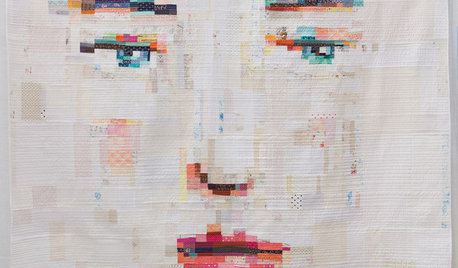
ARTSee Winning Modern Quilts on Display at QuiltCon 2015
Top quilts have been chosen from among hundreds at the international show in Austin through February 22. View them and others here
Full Story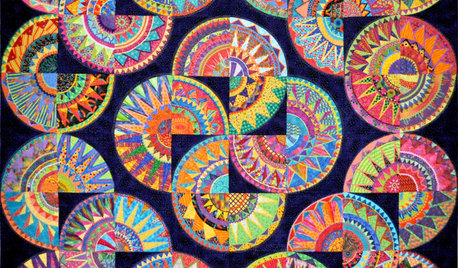
ARTShow News: Rare Quilts Get Museum Time
See 6 intricate designs from a California exhibition and get tips for building your own quilt collection
Full Story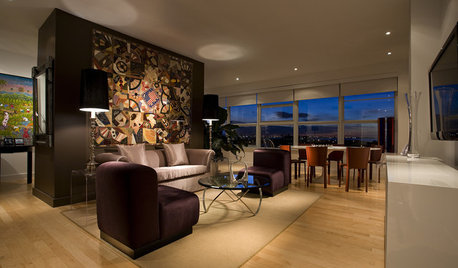
DECORATING GUIDESCelebrating the Great American Quilt
They speak of family, history and beauty. Is it any wonder quilts transcend design styles?
Full Story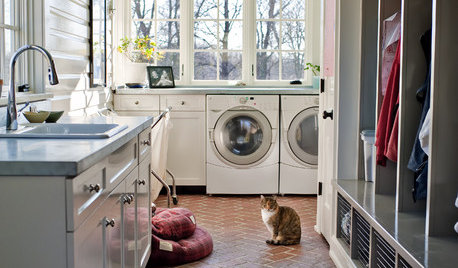
HOUSEKEEPINGAnother Independence Day: When Kids Can Do Their Laundry
Set yourself free and give your child a valuable life skill at the same time
Full Story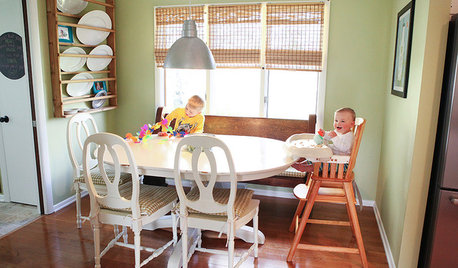
MOVINGSaying Goodbye to One Home and Hello to Another
Honor your past and embrace your future with these ideas for easing the transition during a move
Full Story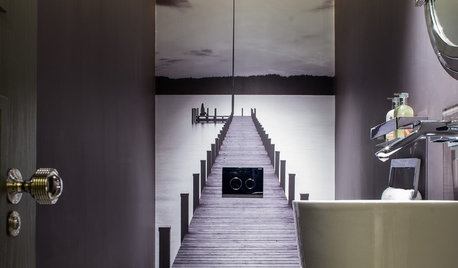
BATHROOM DESIGNTake Your Bathroom Walls Into Another Realm
Being practical spaces, bathrooms sometimes can be bland. Here are imaginative wall treatments that add personality
Full Story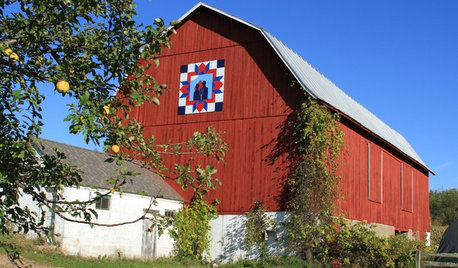
ARTBarn Quilts Piece Together a Community
One man with one beautiful idea transforms Wisconsin’s Shawano County
Full Story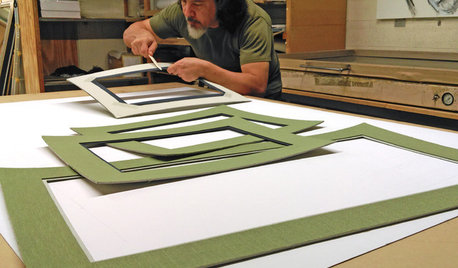
ARTYour Guide to Custom-Framing Photos and Art
Get the lowdown on framing materials, methods and more
Full Story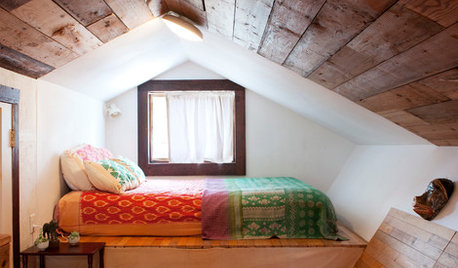
COLLECTIONS15 Reasons to Get Addicted to Kantha Quilts
You can use kantha quilts, made from old saris, throughout your home — on beds, as upholstery and as wall hangings
Full Story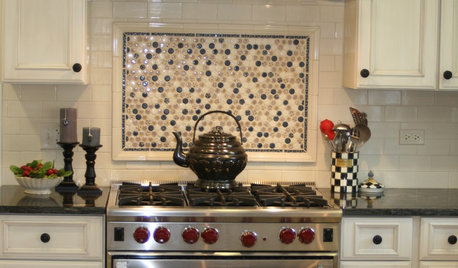
KITCHEN DESIGNKitchen Design: A Picture Frame for Your Backsplash
Frame a tile pattern for a piece of built-in wall art for your kitchen
Full StoryMore Discussions







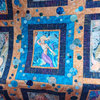


grammyp
magothyrivergirl
Related Professionals
Atlanta Furniture & Accessories · Englewood Furniture & Accessories · Manhattan Furniture & Accessories · Milwaukee Furniture & Accessories · Chaska Furniture & Accessories · Bloomingdale Interior Designers & Decorators · Rosaryville Interior Designers & Decorators · Fox Chapel Flooring Contractors · Honolulu Flooring Contractors · Kendall West Flooring Contractors · Lenexa Flooring Contractors · Temple Terrace Flooring Contractors · Hilton Head Island Furniture & Accessories · Redmond Furniture & Accessories · Naples Furniture & Accessoriesjennifer_in_vaOriginal Author
magothyrivergirl
jennifer_in_vaOriginal Author
magothyrivergirl
jennifer_in_vaOriginal Author
magothyrivergirl